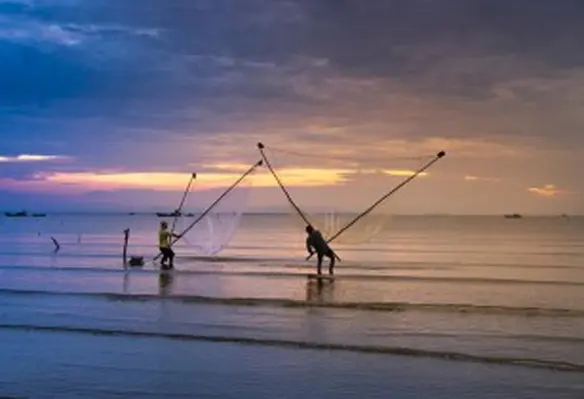Special measures are needed in hydro and irrigation projects in Nepal to arrest rapidly declining fish stocks in the country’s rivers, according to a new study from the Asian Development Bank (ADB)
“Early findings of this study suggest that the fish population in Nepal’s river basins with dams are in sharp decline,” said Deepak Bahadur Singh, senior environment officer at ADB and co-author of the study entitled “The Impact of Dams on Fish in the Rivers of Nepal.”
“Some technical considerations while building dams or other such projects can go a long way in saving the fish population. Providing a fish ladder, building a fish passage, and a fish bypass channel, are some examples.”
In addition, breeding fish in hatcheries and annually releasing them upstream and downstream of the dam to maintain their populations could also be effective, says the study. The study also recommends a “fish screening framework” for identifying the scale of impact on fish by a development project and adopting typical mitigation measures.
The study assessed the operation of selected hydropower and irrigation systems with dams to divert water. The systems included the Kali Gandaki, Marshyangdi, Middle Marshyangdi, Kulekhani, Khimti, and Trishuli hydropower projects, and the Babai irrigation project. The study also reviewed international good practices, particularly in South Asia, on mitigating the impacts on fish while constructing projects with dams on rivers.
According to the study, regional cooperation between Bangladesh, India and Nepal could help conserve the valuable and threatened aquatic fauna by ensuring the animals’ transboundary movements for feeding and reproduction.
ADB Country Director for Nepal Mukhtor Khamudkhanov noted, “A broader understanding of the importance of healthy fish habitat to maintaining balance in the ecosystem and food chain and generating economic and social benefits from fisheries will go a long way in promoting environmentally sustainable development.”
The study concludes that a strong legal provision and a dedicated government agency to enforce the rules and regulations are crucial in protecting fish habitat in the country.





